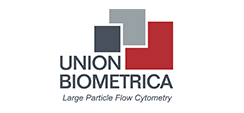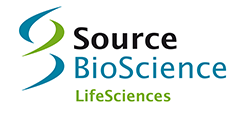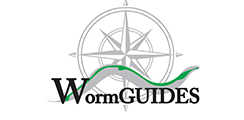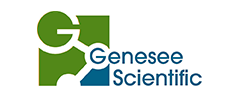|
Plenary and Parallel Session Speaker Guidelines
All plenary and parallel session presentations are 12 minutes: 10 minutes for the talk and 2 minutes for a question and answer period.
Please arrive 45-60 minutes before the start of your session. A Macintosh computer provided by the meeting will be available in each room. Bring your presentation on a USB flash drive to load on the conference computer. If you plan to show Quicktime movies, do not attach them to your presentation. You should include them as separate files on the flash drive, and be prepared to place them back into your presentation after loading on the conference computer.
Use the format below to label your presentation. This format will make it easier for the computer technician to display the correct presentation.
Last name presentation #
Sample: Chen12
The following equipment will be available in the session meeting rooms: Macintosh computer (loaded with PowerPoint, Keynote and Quicktime), LCD projector, laser pointer, lavaliere microphone, podium microphone and a speaker timer.
Test your presentation on a separate MAC before leaving home to insure the fonts are standard and components such as movies run properly.
Please note: for those presenting in Royce Hall, the front doors will be locked until 30 minutes before the session. All presenters in Royce Hall should enter through the “Artist’s” entrance located in the back of the building.
Tips for Effective Presentations
Your presentation should help clarify ideas, emphasize key points, show relationships, and provide the visual information your audience needs to understand your message. Please consider the following suggestions as you plan your presentation:
- Keep visuals clear and easy to read. Abbreviate your message. SIMPLE graphs, charts and diagrams are much more meaningful to an audience than complex cluttered ones.
- Avoid using too many patterns and graphics in one frame.
- Use a minimum of words for text and title frames. Five to eight lines per frame and five to seven words per line are the maximum-fewer is better.
- Use upper and lower case lettering, which is more legible than all capital letters.
- Vary the size of lettering to emphasize headings and subheadings, but avoid using more than three sizes per frame.
- Select sans serif type (example: Arial) which projects better and is easier to read than serif type.
- Keep all type horizontal, even in charts.
- Consider color with care. A dark background with highly contrasting text and graphics is most readable. Cool colors (example: deep blue, turquoise, purple) appear to recede and make white or light colored text more readable. In one study, blue was found to be the most effective background color for projection. Do not use red for text; it is extremely difficult to read.
- Highlight your main point or heading with a dominant color (example: yellow for the heading, white for body text). Avoid the use of intensely bright or saturated colors that compete with the text.
- Maintain a consistent color scheme. Use no more than six colors throughout your presentation.
- Consider photographs for added interest. Combined with simple, straightforward graphics, illustrations, cartoons and artwork, photos can bring another dimension to your presentation.
- Remember the basics of good design: Plan a template. Use colors consistently with light fonts on a dark background. Keep text clear and easy to read.
Tips for an Effective Scientific Talk
- Have a take-home message. The most common mistake is to try to present a full paper or seminar on fast-forward. Your goal should be to convey the question you asked, the general approach you used, and one key result -- essentially, the single core figure that gives a paper its title.
- Start with your question. The first slide should say what your question is and why you're excited about it -- not "I'm in the X lab and we work on Y", but "One of the most basic questions in neurobiology is..."
- Explain your system. Not only how it works, but why you chose it -- why, of all the million ways you could have approached your question, you picked the one you did.
- Follow the scientific method. It is always tempting to cut down on slides by showing only results, one after the next. Remember, your goal is to get across a single key result, and everything you say should be aimed at making that one point. For each experiment, state the specific question, then the experimental approach, then walk through the result, and finally explain what new model it suggests and how it leads logically to your next question.
- One slide, one idea. You might be tempted to save time by loading up each slide with all the data you can fit – Don’t. Distill your results to one key central image that conveys a single point, and make it LARGE so it can be seen from very away.
- Give a slow 8 minute talk, not a fast 12 minute one. Your talk will be clearer and more engaging if you plan for 8 minutes and deliver it casually, than if you plan for 12 minutes and rush through to beat the clock.
Tips for an Effective Scientifice Talk are provided courtesy of Max Heiman, Children's Hospital Boston.
If you know in advance of the conference that you must cancel your presentation, or if you must change presenters, please contact Anne Marie Mahoney, at Mahoney@genetics-gsa.org or (301) 634-7039 by June 13, 2013.
|
Important Dates
| Meeting Registration Deadline |
May 22, 2013 |
| Platform and Poster Assignments Available online |
May 22, 2013 |
| Housing Reservation Deadline |
June 7, 2013 |
| Abstract Search and Program Planner online |
June 14, 2013 |
| Mobile website available |
June 18, 2013 |
Thank You to our Sponsors















Follow the Conference:
#WORM2013

Like Genetics Society of America on Facebook |